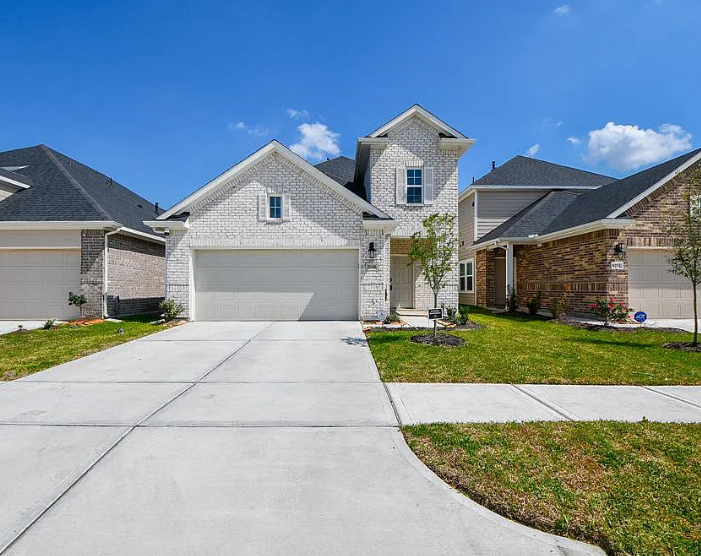Introduction: The real estate industry is evolving rapidly, driven by technological advancements, changing demographics, and shifts in consumer preferences. Staying informed about emerging trends is crucial for both real estate professionals and individuals looking to buy or sell property. In this blog post, we’ll explore some of the key trends shaping the future of real estate.
- Virtual and Augmented Reality: Virtual and augmented reality technologies are transforming the way properties are showcased. Buyers can now take virtual tours of homes, exploring every room and detail from the comfort of their own devices. These technologies not only save time but also allow buyers to narrow down their options before physically visiting properties.
- Sustainable and Green Homes: Sustainability and energy efficiency are becoming significant factors in real estate. Buyers are increasingly interested in homes with eco-friendly features such as solar panels, energy-efficient appliances, and smart thermostats. Green certifications, like LEED or ENERGY STAR, are gaining importance as they indicate a home’s environmental credentials.
- Remote Work and Home Office Space: The rise of remote work has led to a demand for homes that accommodate home offices. Buyers are looking for properties with dedicated workspaces, comfortable lighting, and ergonomic design. As remote work becomes more common, the flexibility to work from home is influencing property decisions.
- Smart Homes and IoT Integration: The Internet of Things (IoT) is revolutionizing homes by connecting devices and appliances to the internet. Smart homes feature devices like voice-activated assistants, smart thermostats, security systems, and automated lighting. This connectivity enhances convenience, energy efficiency, and security.
- Urban to Suburban Shift: The pandemic has prompted a shift from urban living to suburban or rural areas. Buyers are seeking larger homes with outdoor spaces and a quieter lifestyle. Suburban areas with access to nature, good schools, and essential amenities are experiencing increased demand.
- Rise of Co-living and Co-working Spaces: Co-living and co-working spaces are gaining popularity, particularly among young professionals and digital nomads. Co-living involves shared housing arrangements with communal areas, while co-working spaces offer flexible work environments. These trends address the need for affordable housing and flexible workspaces.
- Data Analytics and Predictive Modeling: Real estate professionals are utilizing data analytics and predictive modeling to make more informed decisions. These tools provide insights into market trends, property valuations, and investment opportunities. Buyers can benefit from these analyses when making purchasing decisions.
- Aging Population and Senior Housing: The aging population is driving demand for senior housing options. Developers are focusing on creating age-friendly communities with amenities such as healthcare facilities, recreational areas, and social activities tailored to older adults.
Conclusion: The real estate landscape is evolving, shaped by technological innovation, changing lifestyles, and environmental considerations. As a buyer, seller, or real estate professional, staying abreast of these trends is crucial for making informed decisions. Sell your house in Great Falls MT. Virtual reality tours, sustainable features, remote work accommodations, smart home technology, suburban living, co-living spaces, data analytics, and senior housing are just a few of the trends reshaping the future of real estate. By understanding and adapting to these trends, you can position yourself for success in an ever-changing market.
